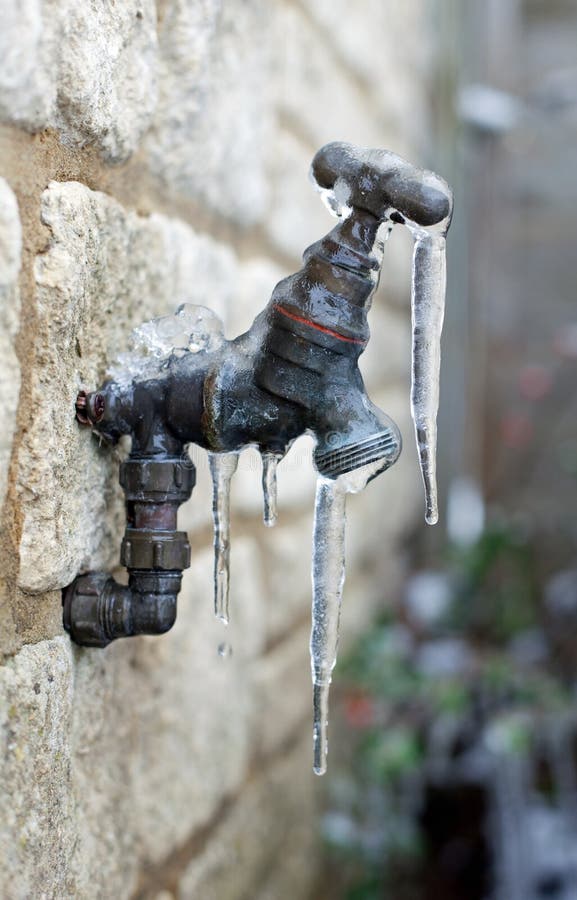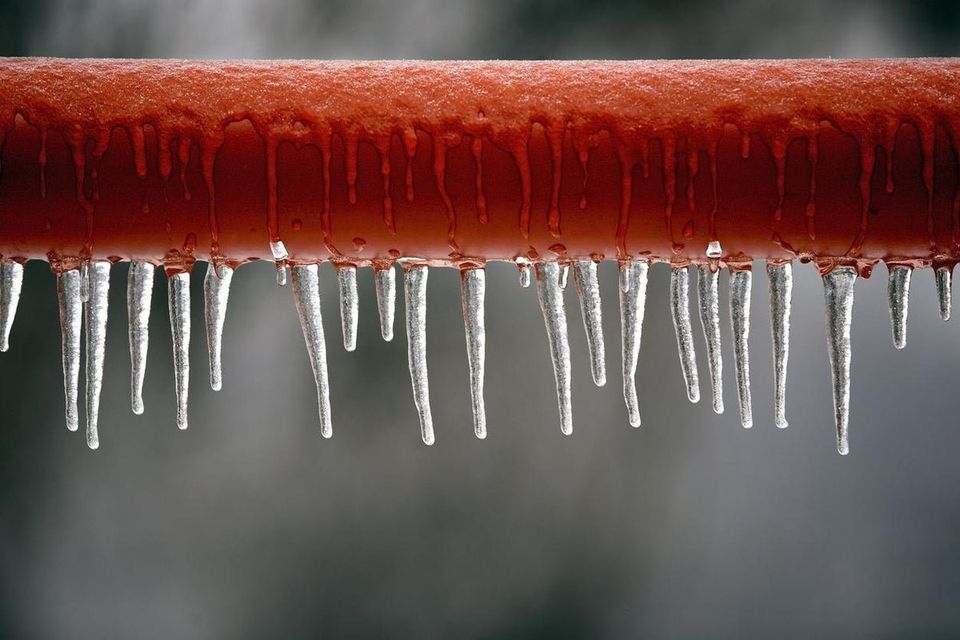Avoid Frozen Plumbing in Winter: Expert Advice
Avoid Frozen Plumbing in Winter: Expert Advice
Blog Article
Right here further down you might get a lot of extremely good resources in regards to 6 Ways to Prevent Frozen Pipes.

Cold weather can ruin your plumbing, specifically by freezing pipelines. Here's how to stop it from taking place and what to do if it does.
Introduction
As temperature levels decrease, the threat of icy pipelines boosts, possibly resulting in pricey repair services and water damage. Understanding exactly how to stop frozen pipelines is vital for property owners in cold climates.
Avoidance Tips
Protecting vulnerable pipes
Wrap pipes in insulation sleeves or utilize warmth tape to secure them from freezing temperature levels. Concentrate on pipes in unheated or exterior locations of the home.
Heating techniques
Keep indoor areas appropriately warmed, particularly areas with plumbing. Open cabinet doors to permit cozy air to flow around pipelines under sinks.
How to identify icy pipes
Look for reduced water flow from taps, unusual smells or noises from pipelines, and visible frost on revealed pipes.
Long-Term Solutions
Structural adjustments
Consider rerouting pipes far from exterior wall surfaces or unheated locations. Include additional insulation to attic rooms, basements, and crawl spaces.
Updating insulation
Buy high-quality insulation for pipelines, attic rooms, and walls. Correct insulation helps keep regular temperature levels and minimizes the danger of frozen pipes.
Protecting Exterior Plumbing
Garden pipes and outdoor taps
Detach and drain yard hose pipes prior to wintertime. Mount frost-proof faucets or cover outside faucets with insulated caps.
Understanding Frozen Pipelines
What causes pipes to ice up?
Pipes ice up when revealed to temperature levels listed below 32 ° F (0 ° C) for expanded periods. As water inside the pipelines freezes, it expands, taxing the pipe wall surfaces and potentially creating them to rupture.
Threats and problems
Frozen pipes can lead to water interruptions, home damages, and expensive repair services. Ruptured pipes can flood homes and trigger considerable structural damage.
Signs of Frozen Water Lines
Identifying frozen pipelines early can avoid them from bursting.
What to Do If Your Pipelines Freeze
Immediate actions to take
If you suspect icy pipelines, keep taps available to alleviate stress as the ice melts. Use a hairdryer or towels taken in hot water to thaw pipelines slowly.
Verdict
Stopping frozen pipes requires proactive measures and fast actions. By understanding the causes, signs, and preventive measures, home owners can secure their pipes during winter.
6 Proven Ways to Prevent Frozen Pipes and Protect Your Home
Disconnect and Drain Garden Hoses
Before winter arrives, start by disconnecting your garden hoses and draining any remaining water. Close the shut-off valves that supply outdoor hose bibs and leave the outdoor faucet open to allow any residual water to drain. For extra protection, consider using faucet covers throughout the colder months. It’s also important to drain water from any sprinkler supply lines following the manufacturer’s directions.
Insulate Exposed Pipes
Insulating your pipes is an effective way to prevent freezing. Pipe insulation is readily available at home improvement stores and is relatively inexpensive. Pay close attention to pipes in unheated areas such as the attic, basement, crawl spaces, or garage. Apply foam insulation generously to create a buffer against the cold. You can also wrap your pipes in heat tape or thermostat-controlled heat cables for added warmth.
Seal Air Leaks
Inspect your home for any cracks or openings that could let in cold air. Seal any holes around the piping in interior or exterior walls, as well as the sill plates where your home rests on its foundation. Additionally, make sure to keep your garage door closed unless you’re entering or exiting. Leaving it open creates a significant air leak that can lead to frozen pipes.
Allow Warm Air Circulation
During cold snaps, it’s essential to allow warm air to circulate evenly throughout your home. Leave interior doors ajar to promote better airflow. Open kitchen and bathroom cabinets to help distribute heat consistently around the rooms. If you have small children or pets, be sure to remove any household chemicals or potentially harmful cleaners from open cabinets for safety.
Let Faucets Drip
A small trickle of water can make a big difference in preventing ice formation inside your pipes. When temperatures drop significantly, start a drip of water from all faucets served by exposed pipes. This continuous flow helps prevent the water from freezing. Additionally, running a few faucets slightly can relieve pressure inside the pipes, reducing the chances of a rupture if the water inside does freeze.
https://choateshvac.com/6-proven-ways-to-prevent-frozen-pipes-and-protect-your-home/

Do you really like reading up on How to prepare your home plumbing for winter weather? Try to leave a remark further down. We will be glad to hear your opinion about this blog entry. Hoping to see you back again soon. Sharing is nice. One never knows, you may be doing someone a favor. Thank you so much for your time invested reading it.
Book A Service Report this page